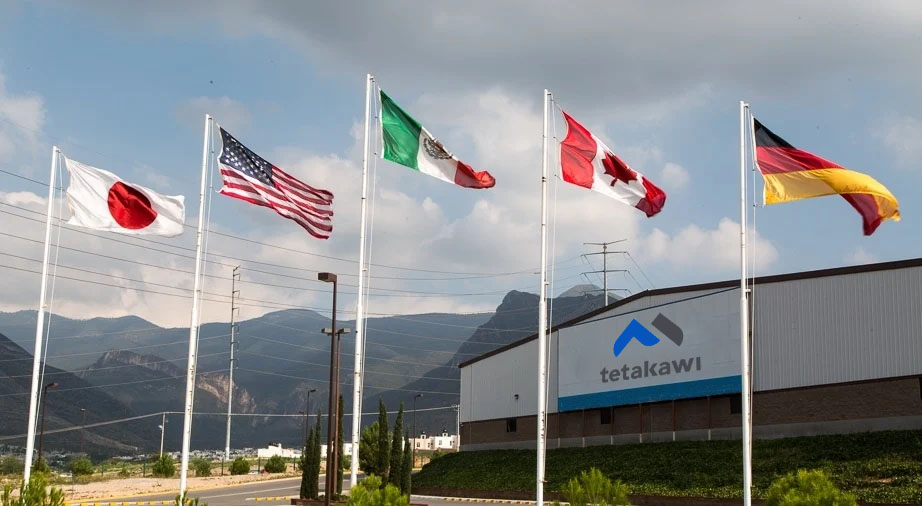The North American Free Trade Agreement (NAFTA) allows for tariff-free trade between Canada, the U.S. and Mexico. It facilitated the growth in Mexico of the so-called maquiladora industry. A maquiladora is a factory built by a company under a maquila license, which provides tax benefits and incentives from the government, and in return the business must export most of its products to other countries, such as North to the U.S. and Canada.
Opportunities for Mexico Thanks to NAFTA
Has NAFTA been a success? The Houston Chronicle reported that the act cannot be mistakenly thought to have made Mexico a first world nation, nor that it could do such a thing. However, NAFTA has definitely made Mexico into a major manufacturing hub. Supported by other trade agreements with other parts of Latin America, South America and the rest of the world, Mexico could be on its way to become a developed country like the U.S. or Canada. Gross Domestic Product (GDP) growth in Mexico continues to be sluggish, although not at a standstill, according to the Chronicle. The GDP hasn't advanced quite as quickly as many investors initially thought when NAFTA was introduced approximately 20 years ago. However, Mexico has benefited from the program.
Texas-Mexico Border Recovering Faster Than Rest of US
Because of NAFTA, Mexico has been recovering from the global recession a little faster near the border than in other parts of the country. According to the Valley Morning Star, the borderlands between Texas and Mexico are actually doing better than the rest of the U.S. because of the close ties shared between the cities along the border. Work goes back and forth through the maquiladora industry, and companies mutually benefit from imports and exports across country lines.
Mexico has suffered since the recession, but the reforms currently taking place will benefit the country's manufacturing industry in the future, according to the Morning Star. Some of these reforms involve opening up the energy industry and changing tax laws. Inflation in Mexico remains low, although it is not in a recessionary mode - nor is it in a period of economic stagnation.
However, in places near the border - between Texas and Northern Mexico, for example - the economy and jobs market are improving more quickly than in the rest of Mexico - or even locations in the U.S. Roberto Coronado, assistant vice president of the Federal Reserve Bank of Dallas, recently spoke to this, citing that the countries business ties are raising economies together.
"The economic indicators that we have point that both economies are picking up nicely, are expected to gain momentum in the beginning half of this year, so I would suspect that the Rio Grande Valley will follow suit," he said, according to the Morning Star.
ETFs in Mexico Becoming a Major Opportunity for Investors
Investors who predict Mexico will continue to grow and provide a platform for manufacturers in the U.S. and abroad have begun investing in Mexican exchange-traded funds (ETF) to inject funds in Mexico's industrial economy. According to ETF Trends, a news site that specializes in these funds, the macroeconomic conditions for Mexico look like they will promote long-term growth and expansion.
What the Current Economic Climate in Mexico Means for Investors
In the end, it would appear that NAFTA - along with other trade agreements with countries around the world - is turning Mexico into a powerhouse for manufacturing. Firms that want to take advantage of this might benefit from turning to a Manufacturing Community, or other operational support services, that can help make expanding to Mexico an easy and efficient transition.
Subscribe
Sign up and stay informed with tips, updates, and best practices for manufacturing in Mexico.





